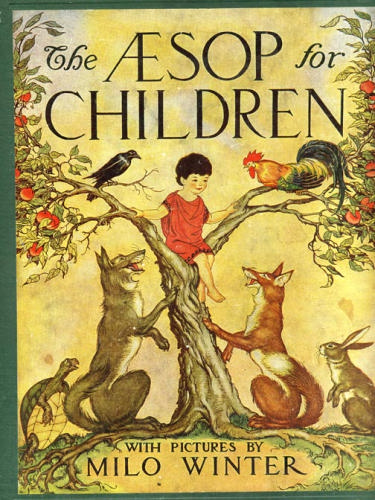Class Procedures and Reminders
Moving on to Week 2. I hope the Orientation Week was helpful in introducing you to blogging and the kinds of writing you will be doing for this class! Now, starting in Week 2, the assignments will be the same every week: Myth-Folklore Weekly Assignments - Indian Epics Weekly Assignments. If you have any questions about that as you get started, let me know!
Myth-Folklore UnTextbook. For those of you in Myth-Folklore: THANK YOU for your comments in the overview posts last week. I went through those posts and found the most-nominated units, and I will concentrate on getting notes ready for those units in particular. If you are curious to see the results overall, here they are: Myth-Folklore Overview Blog Post Summary.
Favorite Places Map. (repeat announcement) Reading the favorite places post last week, I noticed that sometimes more than one person mentioned the same place, so I made up a map of the places people listed — and that way you can find each other if you want to connect! So, just for fun, here you go: Favorite Places, listed alphabetically, with links to the blog posts. These are for the students in both classes combined; you'll be able to tell from the other blog posts who's in which class, Myth-Folklore or India.
The following items are for fun and exploration:
Writing Resource: Seven Steps to the Perfect Story. I've written out the text of the infographic in a separate blog post.

Indian Words in English: Today's Indian word in English is MANDALA, which comes from Sanskrit. For details, see this blog post.

Featured Storybook: Once Upon An Antiques Shop. Our modern-day heroine Lilly visits a mysterious antique shop and hears the story of "Beauty and the Beast" as told in many different countries, each story conveying a message of its own as told by a new and surprising storyteller each time.

FREE Kindle eBook: Aesop for Children with illustrations by Milo Winter. Here is a link to the book at Amazon, and this blog post provides additional information about the contents of the book, which is one of the Myth-Folklore reading options in the Classical module for Week 2 or 3.

Ramayana Image: Today's Ramayana image show the Dasavatara, the ten incarnations of Lord Vishnu.
August 24: Vesuvius. On this day in the year 79 C.E., Mount Vesuvius erupted, burying the Italian cities of Pompeii and Herculaneum in lava and ashes. You can read the dramatic details in this Wikipedia article, which is also the source for the image below, showing a computer-generated image of Vesuvius erupting:

Note: You can page back through older blog posts to see any announcements you might have missed, and you can check out the Twitter stream for information and fun stuff during the day.

